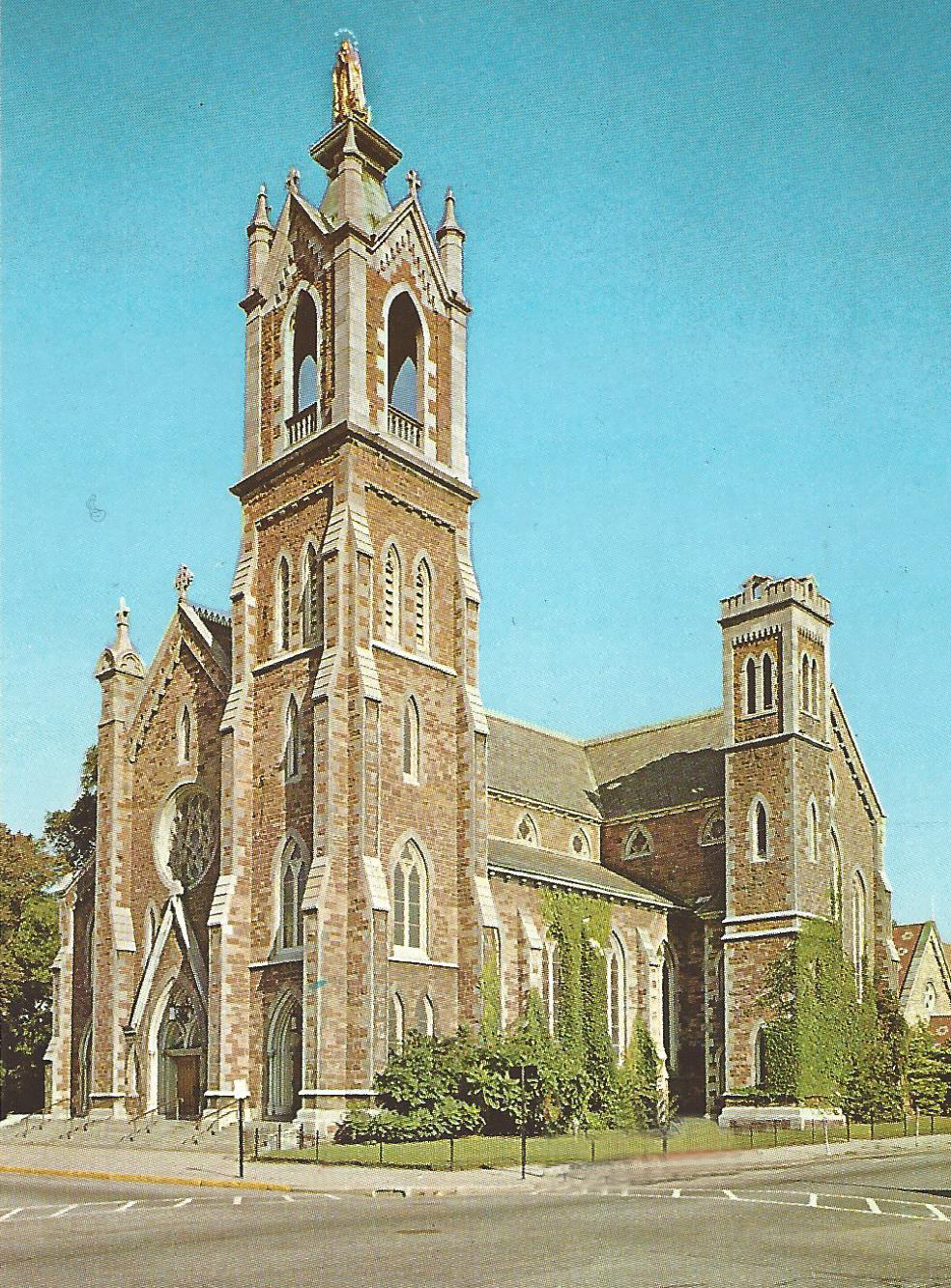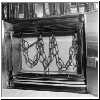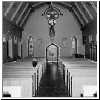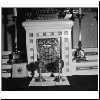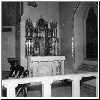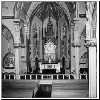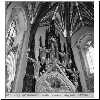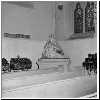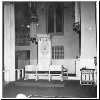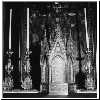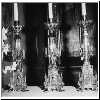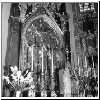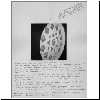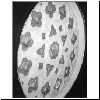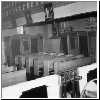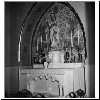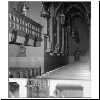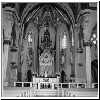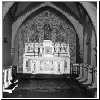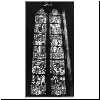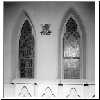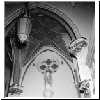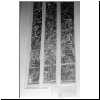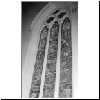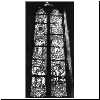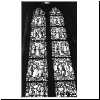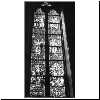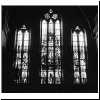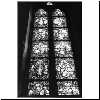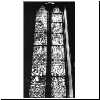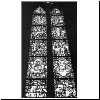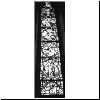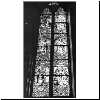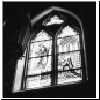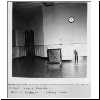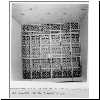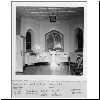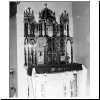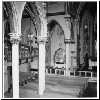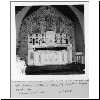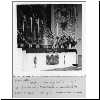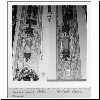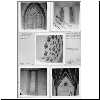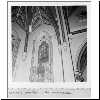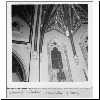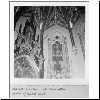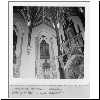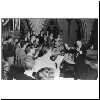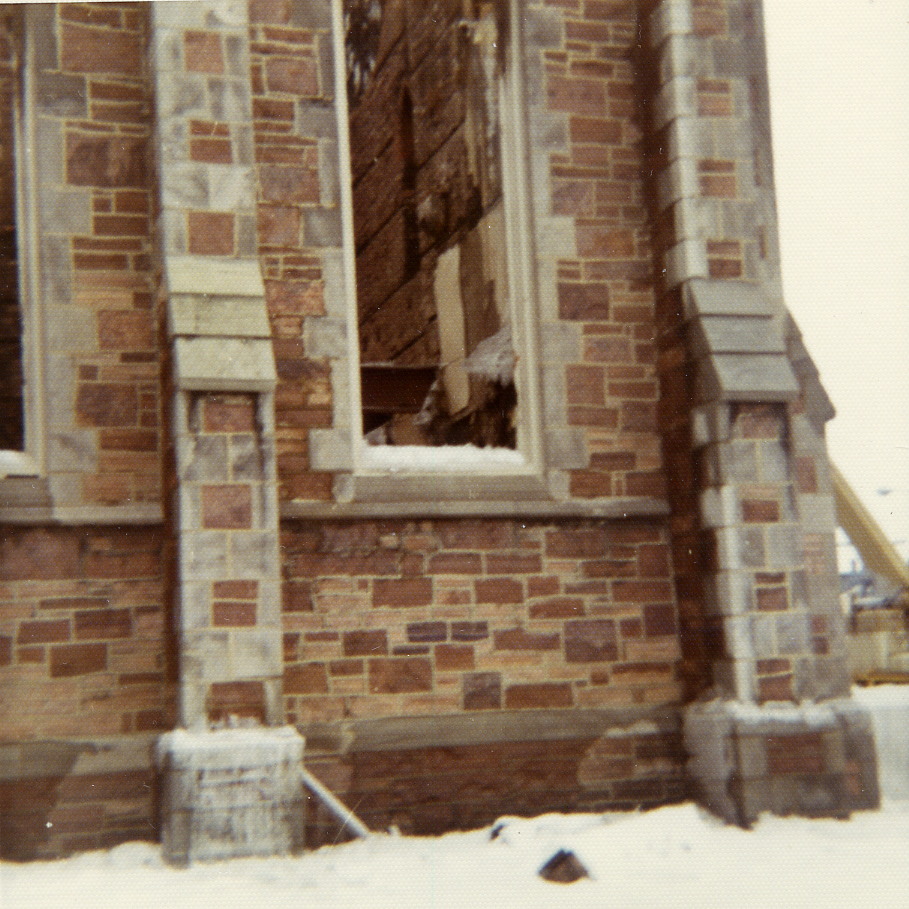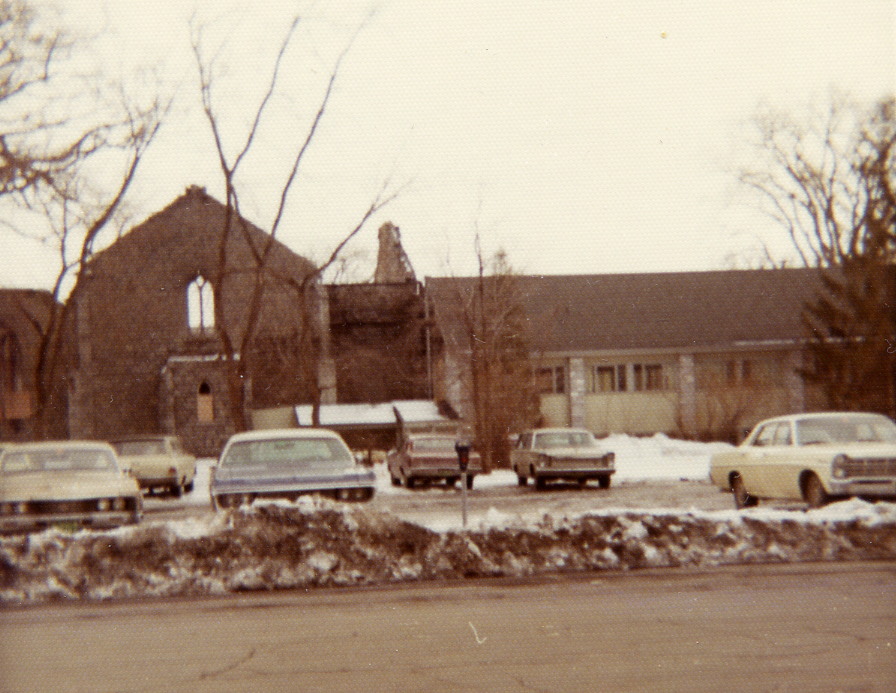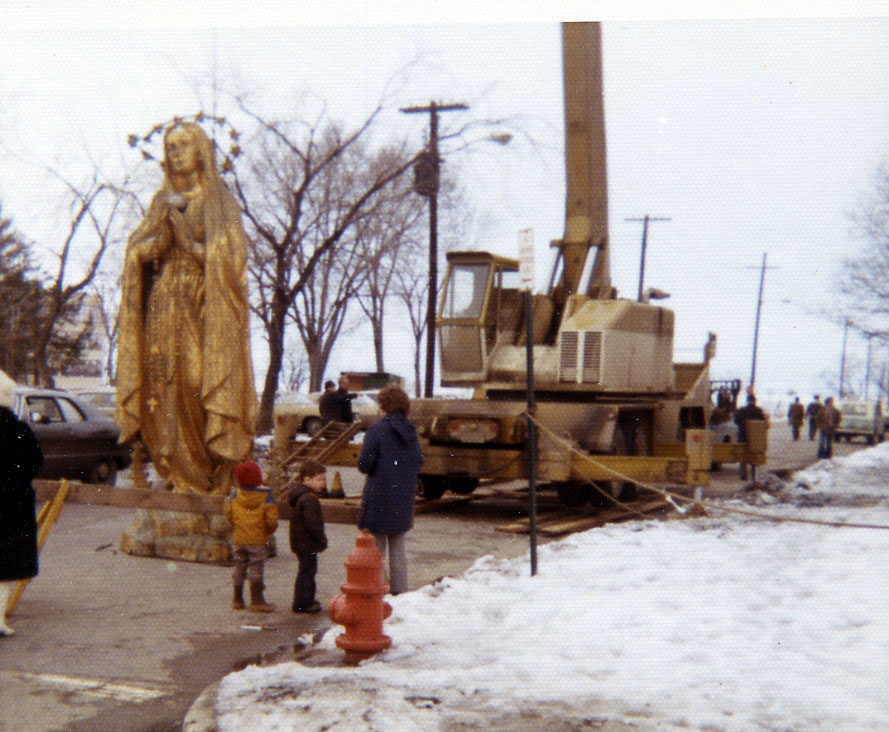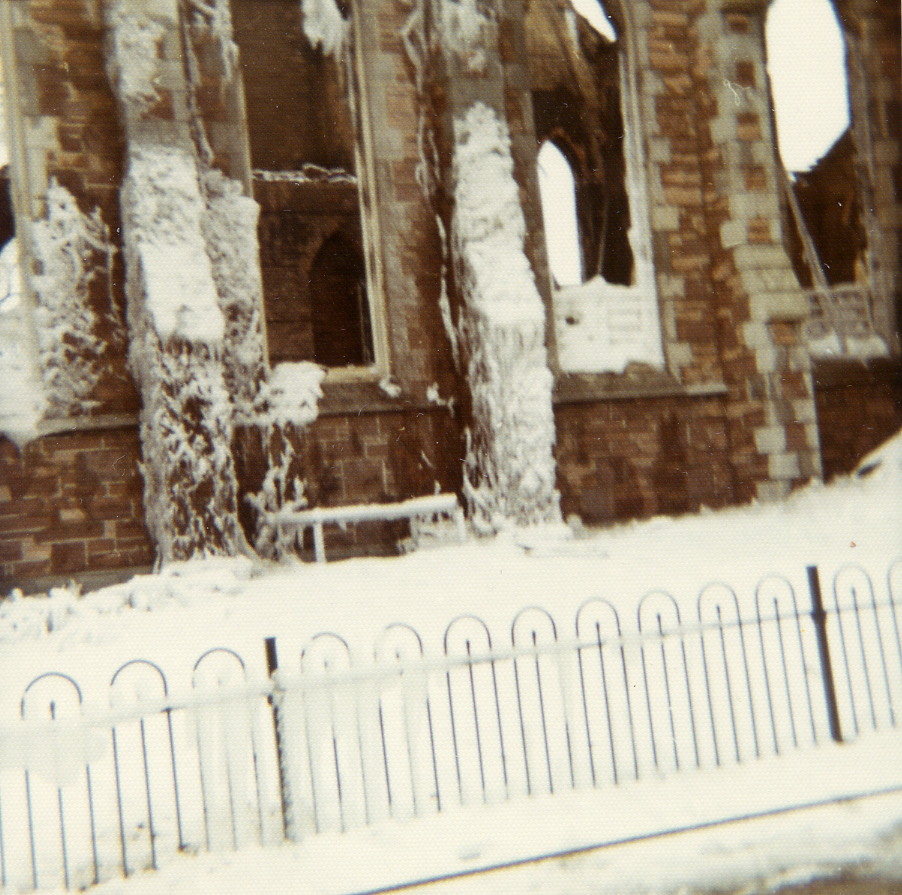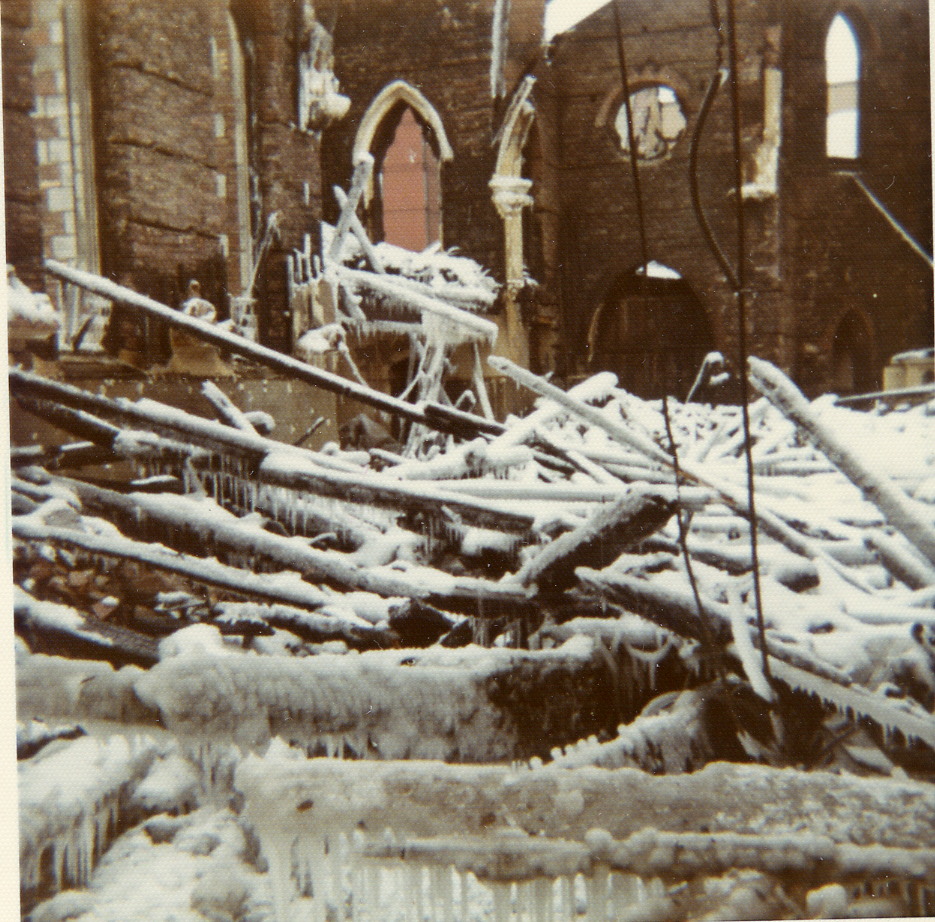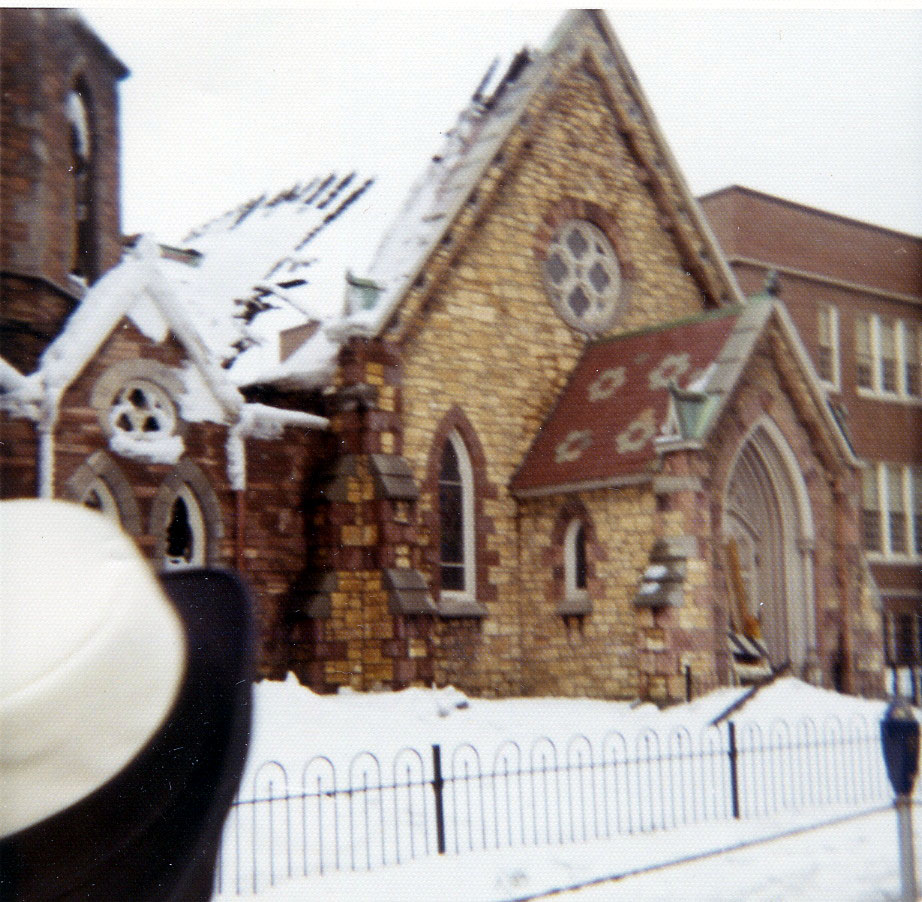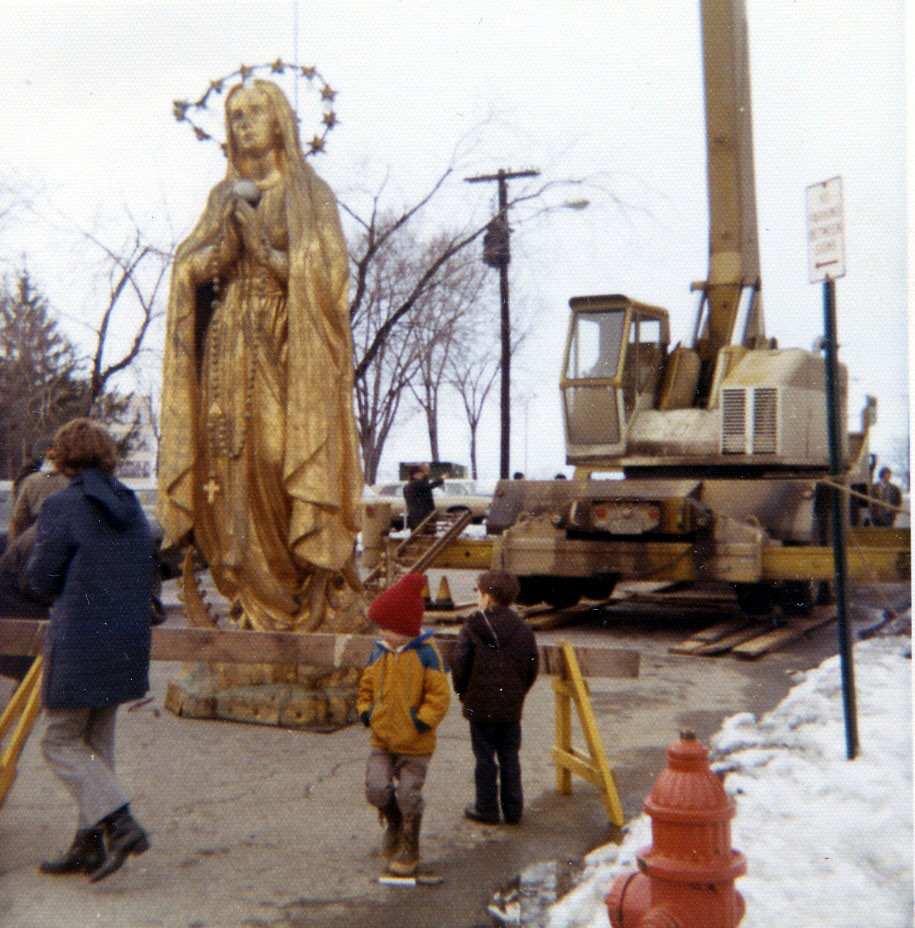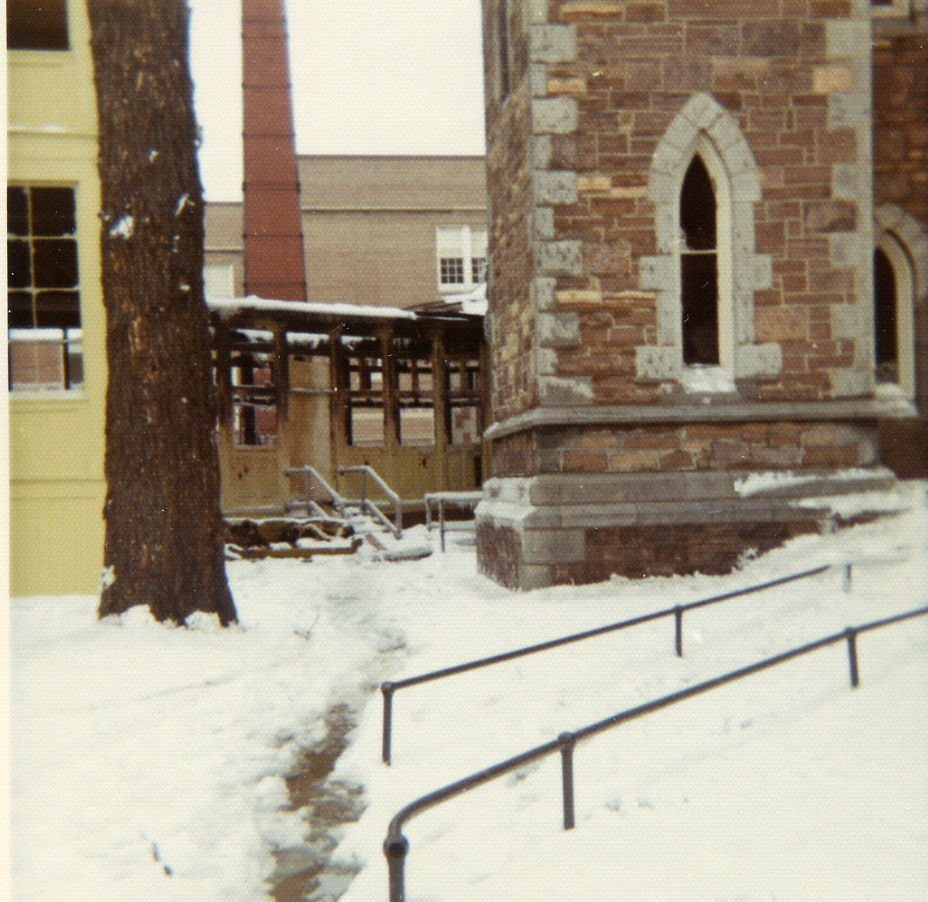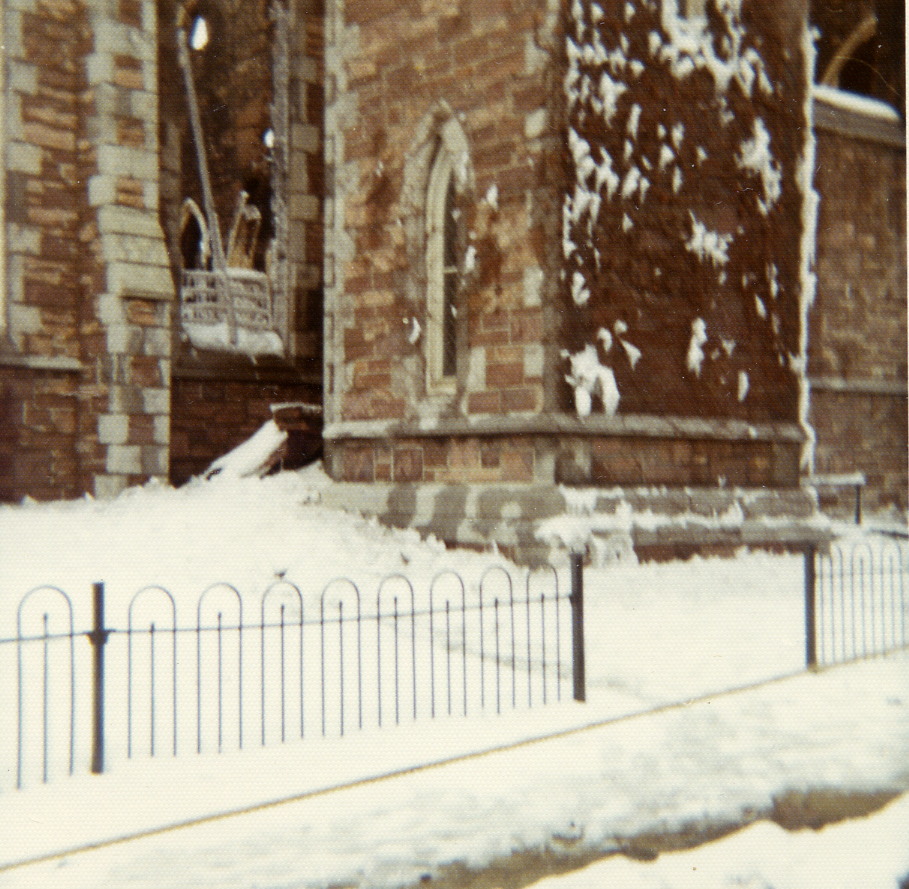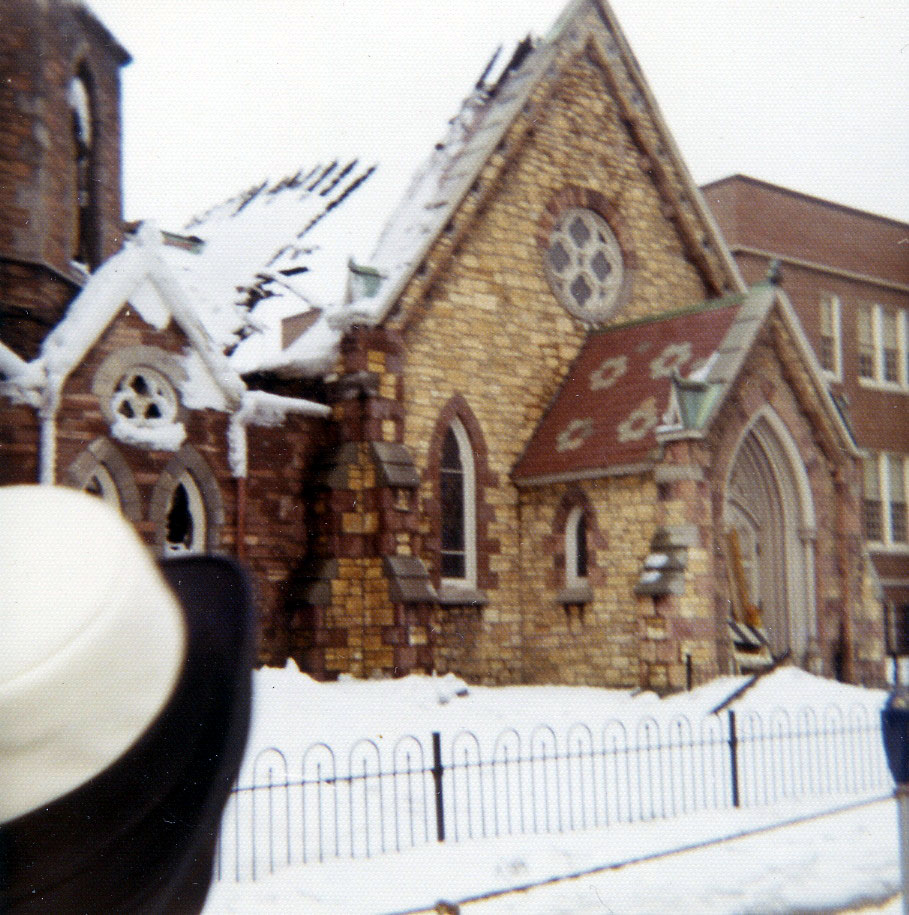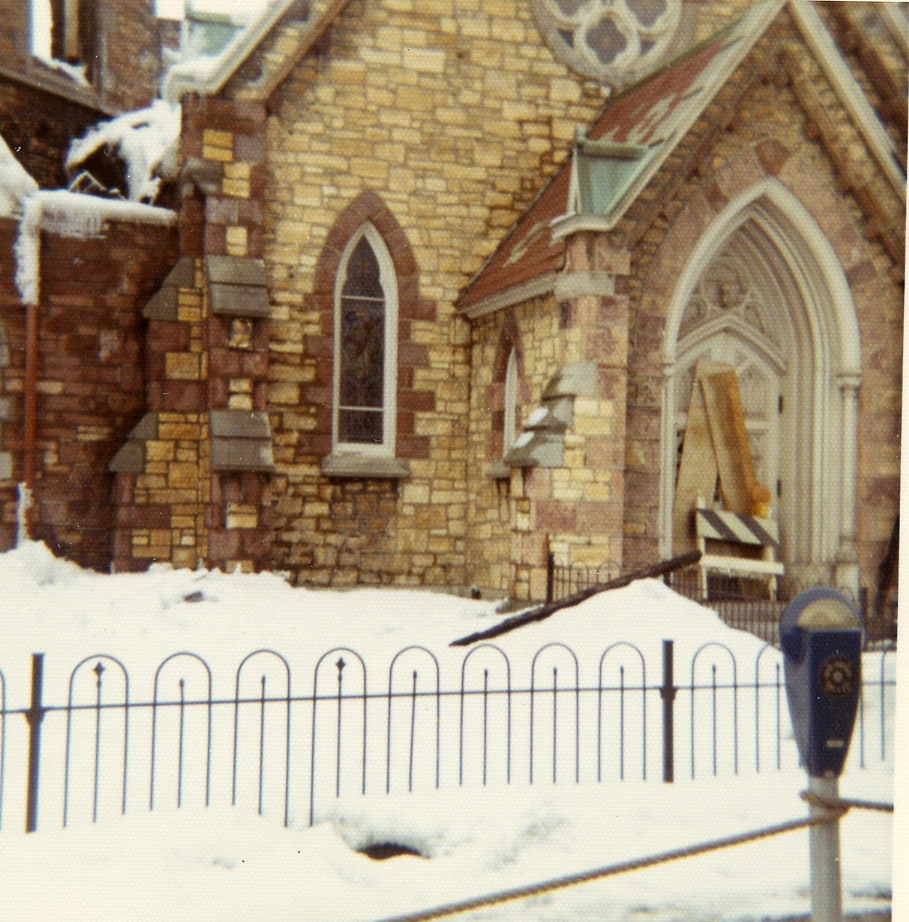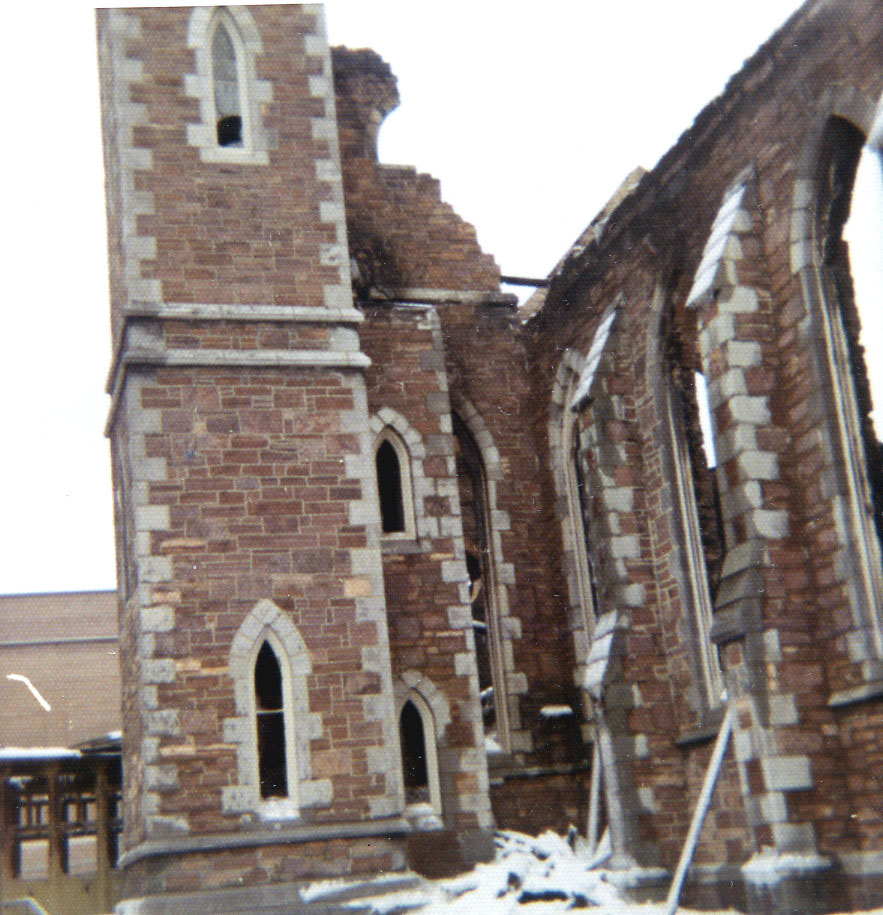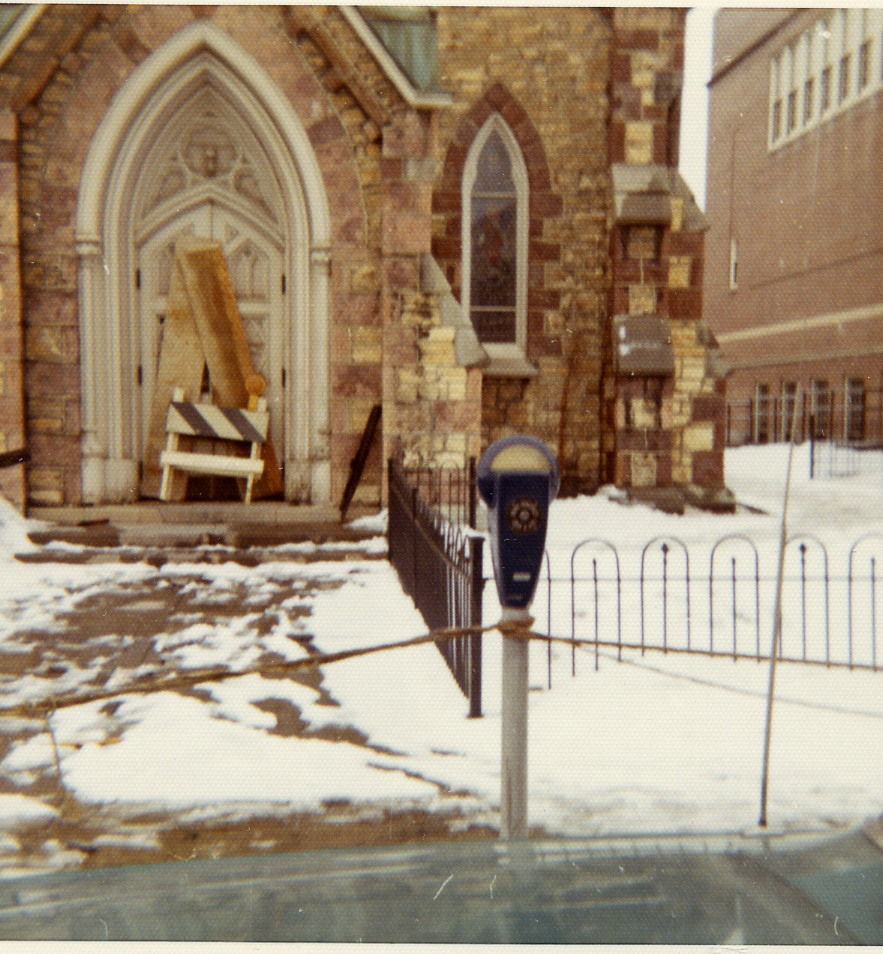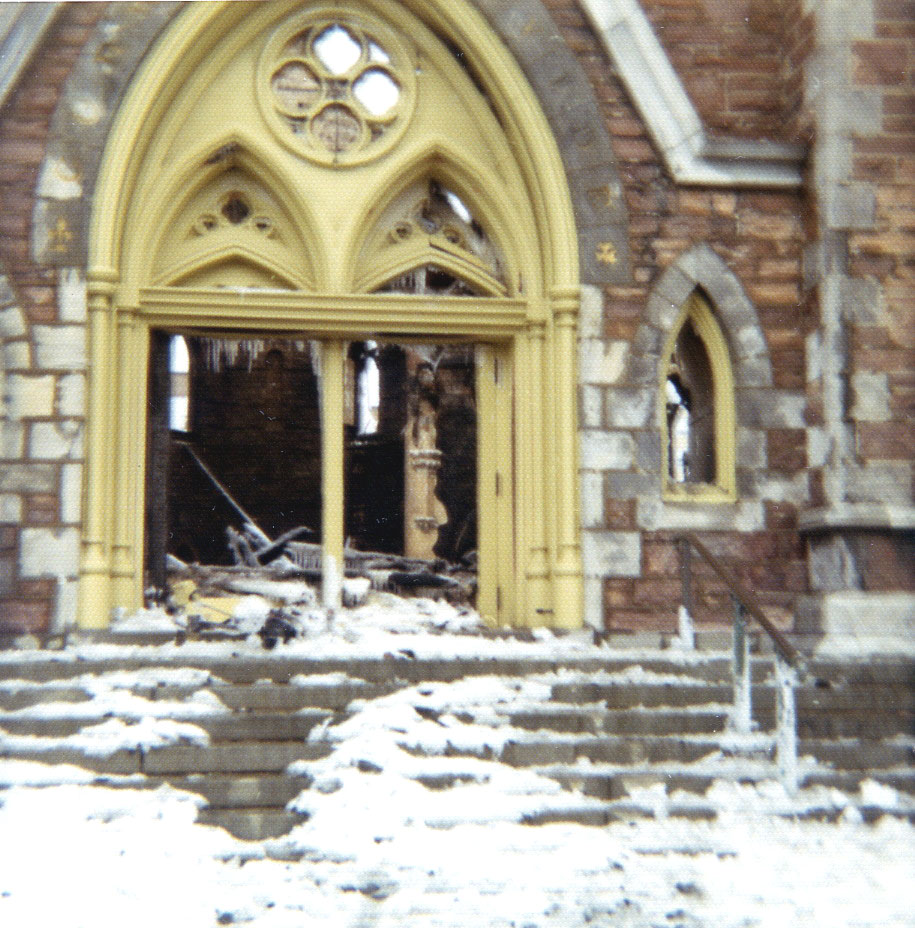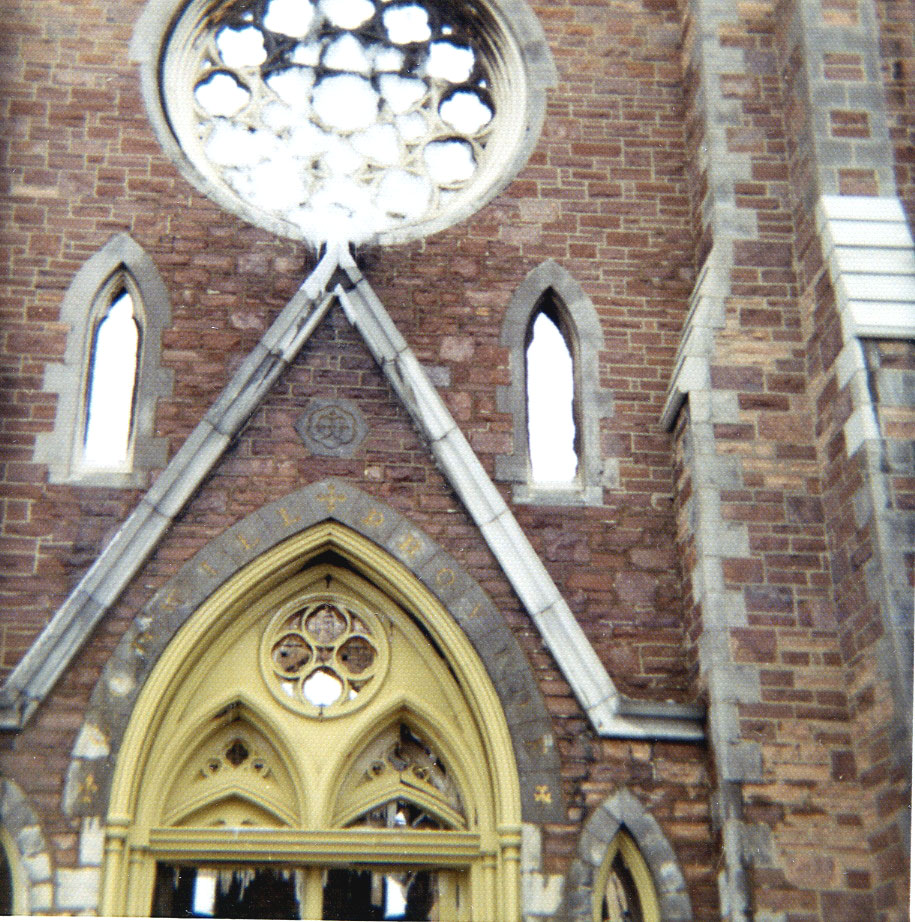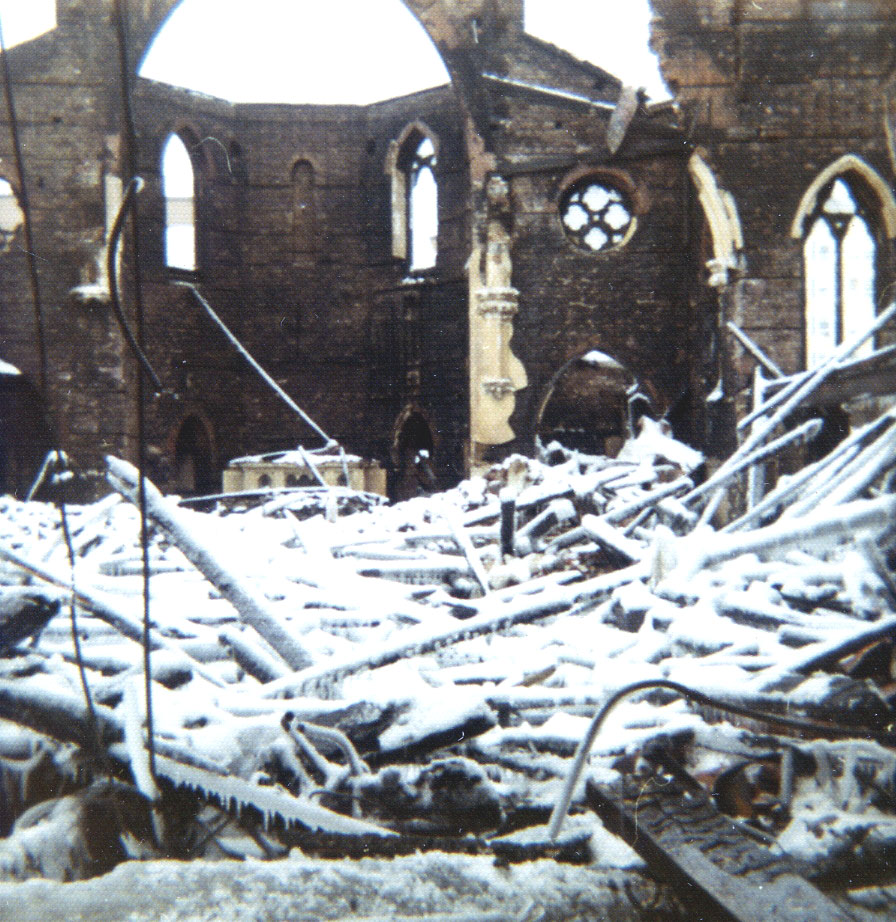A History of the Cathedral
of the Immaculate Conception
1867 - 1972 On December
8, 1867, the Cathedral of the Immaculate Conception became the first church in
New England designed, created, and dedicated as a Cathedral Church. The Diocese
of Burlington was established as a result of the First Plenary Council of Baltimore
in May of 1852. Bishop Louis de Goesbriand, Vicar-General of the Diocese of Cleveland,
became Vermont's first Roman Catholic prelate. When he arrived in Burlington in
November of 1853, Bishop de Goesbriand chose St. Mary's Church in Burlington as
his pro-Cathedral. Father Jeremiah O'Callaghan, the first resident priest
in Vermont, built St. Mary's in 1841. A growing population caused by new waves
of immigrants made it necessary to enlarge the Church in 1850. Bishop de Goesbriand
had been in Burlington but six years when he began to consider the possibility
of a new Cathedral, and in the spring of 1860 he began a personal campaign to
raise funds for the new Church. Bishop de Goesbriand engaged the services
of Patrick C. Keely, a noted architect from Brooklyn, to design and oversee the
construction of the Cathedral. In August of 1860, Mr. Keely arrived in Burlington
to view the proposed site on the corners of St. Paul and Cherry Streets, and further
discuss construction plans with Bishop de Goesbriand. Within four months Mr. Keely
had submitted the design and plans for the new gothic Cathedral. But shortly after
receiving the plans, the Bishop suffered an attack of facial paralysis and was
forced to spend the next few months undergoing medical treatment and recuperation.
During these months, Bishop de Goesbriand traveled in Europe to enlist priests
for his mission diocese. He returned to Vermont in June of 1861 unsuccessful in
his recruiting efforts, and faced with a raging Civil War in this country. Undaunted
by these events, the Bishop continued to direct his attention toward the construction
of the Cathedral, and by early winter of 1862 enough capital had been raised to
begin construction of St. Patrick's chapel in June. Local stone was quarried
for the chapel and drawn by teams of horses to the site. On May 14, 1862, Bishop
de Goesbriand blessed the cornerstone for the chapel. It was set in place on June
10, marking the beginning of the chapel construction. The chapel was completed
by the end of September of that same year, and was employed temporarily as a boys'
school. Construction ceased for the winter months, but by May 22, 1863,
Bishop de Goesbriand had signed the final contracts for the Cathedral construction.
On June 10, exactly one year after beginning St. Patrick's Chapel, laborers arrived
to commence work on the larger structure of the Cathedral. The foundation was
laid during the summer months, making way for the laying of the cornerstone on
September 15. The ceremony lasted nearly five hours, but this did not diminish
the enthusiasm of the large number of visiting dignitaries, and the vast crowd
of Catholics and their Protestant brethren who had gathered for the occasion. The
fall and winter months of 1863-1864 were particularly trying days. The Civil War
continued to pull many workers from their labor of love, causing construction
to be halted entirely. Though labor was scarce, many parishioners volunteered
to dress the stone during the winter months in anticipation of a brighter spring.
Through it all, Bishop de Goesbriand continued to encourage the faithful by stating,
"God will provide." This motto was eventually carved over the main entryway
of the Cathedral. In April of 1864, construction was resumed with volunteers
from the Cathedral parish, working into the twilight hours each day. Through the
spring and summer these faithful parishioners were able to keep the construction
on schedule. But finally, even their ranks were so thin that work came to a stop
at the end of the summer. By this time, however, the exterior walls were already
up, excepting the tower and south end of the Nave. Work on the Cathedral
began again in the spring of 1865, when the marble columns were set in place.
Throughout the summer work continued on the clerestory, the richly molded arches,
and the red and green slate roof. Artisans completed work on Reredos, an elaborately
carved wood frame and richly decorated canvas screen. Once again, however, work
was halted in the fall because of the shortage in the labor force. Bishop
de Goesbriand, ever faithful to the project, traveled to New York in February
of 1866 to discuss matters with his architect. The Bishop left for Europe a short
time later to visit his family in France, discuss ecclesial matters in Rome, and
encourage his seminarians in Dublin. In the meantime, a gift of stained-glass
windows had been presented by Mr. Seth B. Hunt. These were designed and executed
in Nantes, France, and were eventually placed in the East Transept. Some windows
for the church were designed by the architect and executed by a New York firm.
But most of the Cathedral stained-glass was made by Henry Ely in France. (The
last windows were finally installed in 1870.) Other interior appointments were
acquired through donations, notably the bronze gilt and enameled tabernacle. These
additions to the Cathedral were completed through the summer and fall of 1866
and the spring of 1867. On May 18, 1867, the Cathedral was opened for the
first time to the parishioners for an explanatory dialogue on the stained-glass
windows. This dialogue was written by Bishop de Goesbriand himself and delivered
by five students from St. Mary's school. The interior painting, ceiling, and sanctuary
floor were completed before the end of June when the Bishop opened the Cathedral
for a special service, during which he gave a lecture on the building, its symbols,
and ornaments. The Bishop traveled to Rome that same summer purchasing a statue
of the Virgin to be placed over the High Altar. He also ordered a stained-glass
window for the West Transept and a smaller window to be installed near the Blessed
Sacrament Chapel. On his return in September, the Bishop found that progress on
the new Church was nearing completion. On September 29, 1867, the first Masses
were celebrated by Father Cloarec, Rector of the Cathedral. The Bishop spoke at
the two Masses about his trip to Rome. He ended his presentation to the congregation
with an announcement that the Cathedral would be consecrated on December 8, 1867,
the feast of the Immaculate Conception. Though December 8 was a bitterly
cold day, the weather did not prevent throngs of people from traveling to Burlington
for the consecration ceremonies, which began at 6:30 a.m. These lasted until 10:30
a.m., when Bishop de Goesbriand celebrated a Pontifical High Mass, accompanied
by the splendid music of Mozart's Twelfth Mass. Archbishop John McCloskey preached
the sermon on "The Unity of the Catholic Church." There still
remained some finishing work on the Cathedral after the consecration. The main
tower was not to be completed until 1904. The original bell from Old St. Mary's
was placed in the unfinished tower in 1867. The old bell cracked in 1899 and was
replaced by a new bell, weighing 4,500 pounds. This bell arrived in May of 1900. Bishop
de Goesbriand died in 1899, never seeing the church to its full completion. He
was buried in a temporary grave in the front lawn of the Cathedral Rectory. Bishop
de Goesbriand's successor, the Most Reverend John Michaud, made plans to finish
the tower, but first constructed a crypt for deceased bishops of the diocese beneath
the floor of the sanctuary. On a trip to Lourdes in 1900, Bishop Michaud commissioned
a statue of Notre Dame de Lourdes to be placed on the highest pinnacle of the
Church. The statue was 14 feet tall and made of vulcanized copper and covered
with gold leaf. The statue of the Virgin was dedicated on May 15, 1904. For
nearly fifty years, the Cathedral remained the focal point of the parish and diocese.
In 1949, Bishop Edward F. Ryan supervised the complete renovation of the Cathedral
in preparation for the Centenary of the Diocese in 1954. The basement and foundations
were fully redone; the entire interior of the Church and chapel were decorated
with a wainscotting of Italian marble; a new marble Communion rail replaced the
old wooden one; and new steps were built on the south front of the Church. The
Bishop also directed a new burial crypt to be constructed beneath the sanctuary.
The interior was painted and refurbished with new pews and appointments. The chapel
windows were replaced with stained-glass, depicting saints. Bishop Ryan
celebrated Midnight Mass at the Cathedral on Christmas of 1949. The
Church
overflowed with parishioners who were anxious to participate in the festival re-opening
of their Cathedral. The Cathedral of the Immaculate Conception stood for
more than a century as a symbol of the presence of God and his worshipping community.
It was a gathering point for the diocese and a familiar landmark to citizens of
Burlington. In the late night of March 13, 1972, this beloved house of
God was destroyed by fire. Excerpted from "A Cathedral for Burlington"
by David Blow, Vermont History, 1968.
|


